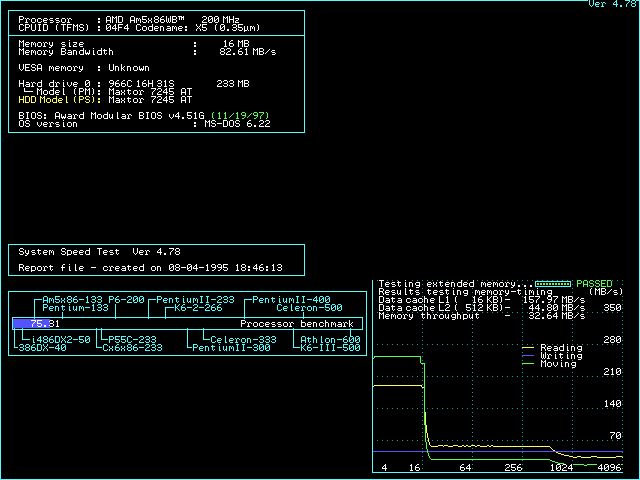This is very interesting information, thanks a lot. I decided to peel back the sticker on one of my spare BIOS chips. Underneath this sticker, I can now see a "mysterious looking little window". I wonder if this spare BIOS chip is a UV programmable EPROM? I could use it! I could put this spare BIOS chip inside the BIOS socket of the Asus VLB 486 mobo when it is switched on, and then attempt to hot flash it. What I now need to understand is - what Award flash utility shall I use? Would Flash465.com be a good suitable candidate? Or Flash52B.exe, or perhaps Awd66.exe?
Anyway, I could experiment. If it goes wrong, I will only break an old spare BIOS chip. And if I cannot hot flash it again, I could get a Willem programmer. BTW, I found a local seller for the Willem unit. The ebay advert is here. The writing seen on the spare BIOS chip says M27C512. Luckily, the Willem unit supports 27C512, which seems close enough, and in this ebay advert they call this type of chip "EPROM".
Edit: Sorry, I've got a bit confused - again! Do I hot flash the spare BIOS chip in a more modern board? Eg a 486 PCI board, that is capable of flashing a BIOS chip? Thanks a lot.
